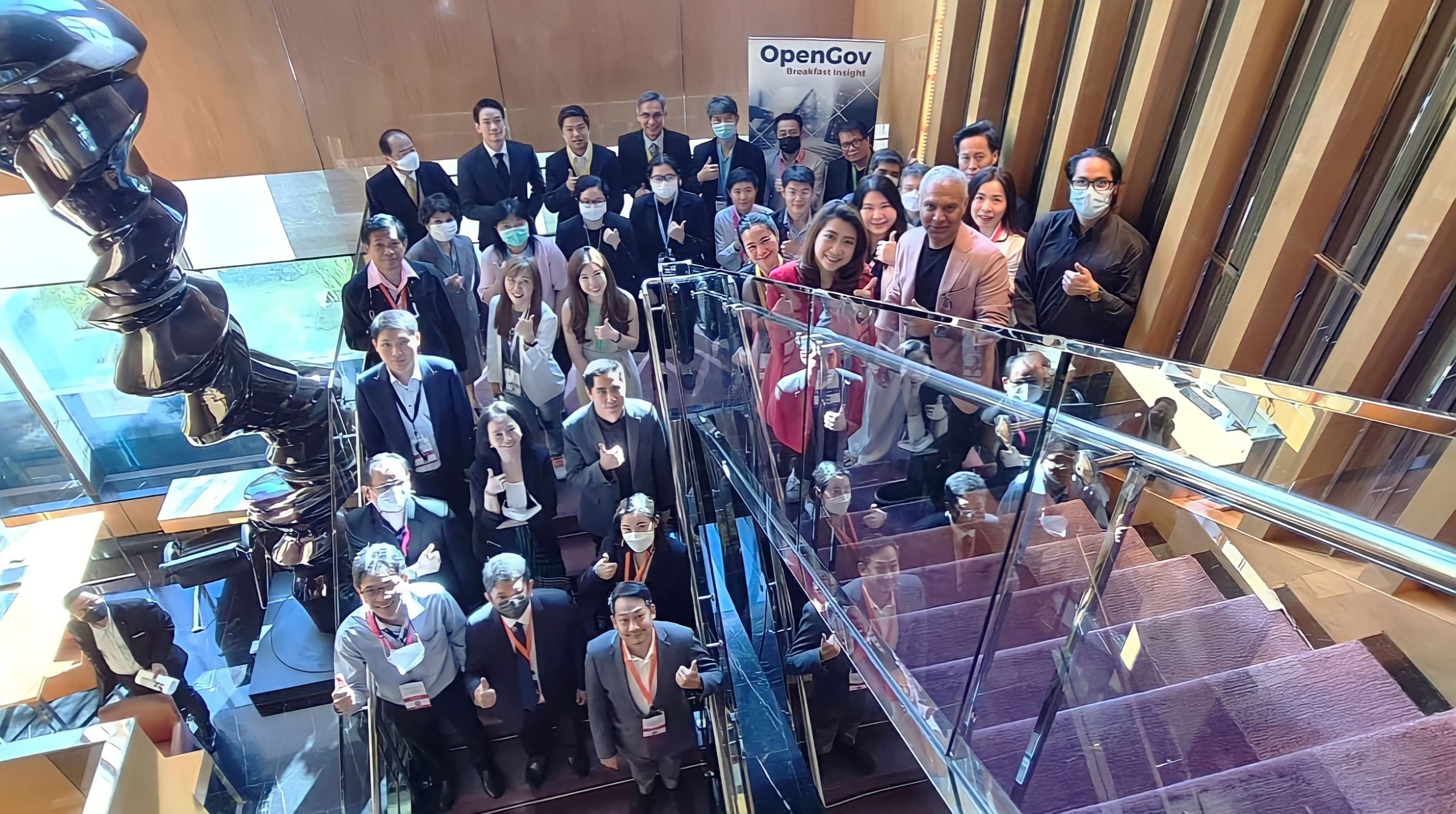
Communication remains the backbone of all sectors and industries, connecting all stakeholders. The organisation must consider the cost, scalability and efficiency of communications. Many businesses have switched from Public Switched Telephone Networks (PTSNs) to cloud communications.to better and more effectively meet their needs.
There are numerous benefits to using cloud telephony over traditional landline services, including costs. Moreover, with lower fixed investment, cloud communications are more cost-effective.
Apart from the initial investment, the reduction in maintenance and commutes associated with face-to-face meetings results in lower overall expenses and increase staff efficiency. With reduced travel time to and from appointments and the office, the number of conversations and virtual meetings per day increases exponentially.
Migration to cloud-based systems results in faster and more efficient communications with significantly greater reach and flexibility. Cloud solutions allow for easy downsizing or expansion without significant capital investments. Ease of scaling with reduced capital outlay allows organisations to respond more quickly to fluid environments.
Given that the hybrid workplace is here to stay, cloud communications remain the primary solution for meeting the rising demand for effective organisational communications across a diverse geography and variety of gadgets. Cloud calling allows businesses to make and receive calls from any phone or internet-connected device in any location.
Cloud communications’ user-friendly features make it easier for employees to adapt to the technology. Features like breakout rooms allow multiple sub-groups to convene during a call, replicating face-to-face meetings in offline offices. In addition, sessions are greatly enhanced by features such as file sharing, which can be accomplished by sending files or sharing a screen.
The OpenGov Breakfast Insight with Thailand’s top public sector leaders on 08 December 2022 at the Renaissance Bangkok Ratchaprasong Hotel provided current information on the benefits of the most recent cloud technology that can help the nation’s public, education, financial services, and healthcare sectors.
Cloud Communications to Drive Productivity

Cloud communications can become a solution for eliminating bad connections and lag in connectivity, says Mohit Sagar, CEO & Editor-in-Chief of OpenGov Asia. Moreover, cloud technology has drastically changed how businesses communicate.
Digital communication strategies include the replacement of traditional telephony with cloud-based unified communications (UC) platform systems to increase digital agility and flexibility.
During the pandemic, internet-based communication platforms provided significant benefits to businesses. One of the challenges of a hybrid work environment is that employees must be able to access the system from any location. They must also be able to connect regardless of the device they use.
Cloud communications have become the primary solution to address meeting the growing demand for effective organisational communications. This technology conveniently and practically supports a work-from-anywhere model. Such platforms assist companies in integrating their existing business applications in a seamless, user-friendly and powerful cloud-based technology.
In terms of cost, cloud communication is a great return on investment, with low deployment costs and easy scalability. Virtual meetings result in reduced expenses due to lower maintenance and transportation costs. Cloud telephony combined with cloud communication solutions, enables businesses to make and receive phone calls from any internet-connected device.
A cloud communications platform helps businesses to make the most of their resources. It can accelerate procedures, simplify implementation and offers flexibility all while providing unlimited high-volume information exchange. In addition, organisations can quickly analyse and scale cloud services and business operations according to their current needs.
Communication gets more complicated and complex every day with each additional tool and app that’s available. All stakeholders – employees, customers, and prospects – have preferences and expectations about how, when and where they do business. Cloud is a user-friendly solution that meets a plethora of needs and is a must in a communication-centric landscape.
Welcome address

The world is experiencing two massive shifts nowadays: productivity and remote working, says Dinesh Bedi, Solution Engineering Manager, Zoom Phone APAC accentuating the importance of communication applications.
As a result, businesses are under intense pressure at the macro level to improve productivity, adapt quickly and handle the steep competition.
There is also an increasing proclivity worldwide to work remotely or in a hybrid environment. People want the option to work remotely, and they are demanding advanced tools and communications capabilities to perform their jobs.
Organisations must meet the needs of this new hybrid environment and ensure everyone has a high quality of service regardless of situation or geography.
“75% of senior HR managers agree that collaboration, constant communication, and a mentorship culture between managers and teams will become the future mandate of a high-performing workplace,” Dinesh cites.
This VUCA business environment is an incredible opportunity for companies to move beyond essential communication into universal communication, building intuitive connections to all parties – employees, customers, and investors – regardless of location, device, or business activity.
There are several issues to tackle when it comes to enabling cloud communication applications. Decision makers often are inclined to maintain their existing systems, adding embedded tools or integrating with other software packages which only meet some needs. Alternatively, they may use multiple solutions depending on the situation. For example, organisations may use one communication solution for internal collaboration and a different product for customers, investors and external events.
Although these approaches offer some flexibility, they create unnecessary confusion. Different environments for customers, employees and prospects force people to switch between multiple solutions depending on their needs. Employees can become disconnected and frustrated. Customers have a disjointed and unprofessional experience with the brand. In the end, these options can slow down business.
The question is: why does this matter? The reason – 32% of customers will “break up” with a favourite brand after just one poor customer experience. The hard reality today is that communication is a critical path activity. If the communications fail, the company falls on a business-critical path.
With Zoom, users can use zoom API and SDK to offer new services and products to their customers. Zoom SDK enables users to build Zoom into new products and services and create additional revenue streams for the business. Feedback from a few past Zoom customers shows that video engagement services improve net promoter scores by 70%.
The company aims to improve productivity, remove silos, improve responsiveness and streamline the process. Zoom also works to reduce customers’ costs, minimise the burden of IT-related jobs, and create a seamless experience for users. The cloud communication platform promises to deliver consistency across multiple use cases.
Fireside Chat: How to Prepare for the Transition to the “Cloud Culture”

Cloud communications have become the go-to option for addressing the expanding need for effective organisational communications, especially in a hybrid workplace. Thanks to cloud communications, organisations may scale up or down to meet shifting demands says Theresa Mathawaphan, Chief Strategy Officer National Innovation Agency. Cloud computing has the capability and agility to comply with the demands of the new normal.
Be that as it may, organisations face the harsh reality of budgets when implementing any platform. To address these constraints, Theresa suggests a start-up mentality. She cites the example of a company that started small with three on-premises server rooms and worked its way, step by step, to the cloud.
She also explained the government policy around cloud communication, which provider they choose and what type of security they use.
“We are not very big in terms of a budget. So we can start small when you don’t have a big budget – doing MVP first. As an executive, we need to think in two layers. First, see the low-hanging fruit, something you can start now, something that is visible. But at the same time, you also need to think in a big layer, strategy, budget, long-term plan and the infrastructure,” she believes.
There are several benefits an organisation can take from the cloud; it enables the user to start small, test out how it works, shift, invert or pivot, or keep up with what the organisation is currently doing.
Another challenge is how to convince decision-makers to agree to cloud adoption. Theresa shares some tips on the issue. First, seeing is believing; people can’t just motivate their top management or make them think. Management needs to experience and know first-hand how the solution can improve the business.
“It’s kind of a roadshow. Let them see what is going on. Then, take them to other organisations to make them see it with their own eyes. Because people don’t believe your words only,” explains Theresa. Once they recognise the value, leaders can come up with a business plan and the actual numbers.
Closing Remarks
Dinesh is convinced, like any other cloud solution, cloud communication brings about scalability and agility. As a result, companies are already transitioning from traditional office culture to cloud culture.
With the trend toward remote work digitalisation being well established, a new corporate culture – the cloud culture – has replaced the traditional 9-5 mindset and office culture. The hybrid or remote model of work, enabled by the cloud, can satisfy both organisational demands and keep employees happy.
Both Mohit and Dinesh agree that happy employees keep customers comfortable and, this, in turn, ensures business growth.
Moreover, in terms of implementation in business settings, to convince top management to buy in for the cloud communication solution, education and experience are necessary.
To add more confidence in the implementation from the top level, the next step is to prepare a plan and RoI. On the employee level, the adoption rate of a cloud communication solution depends on the simplicity and convenience of its user experience. If it’s not simple, there’s hardly any inclination to adoption and little chance for success.
Mohit agrees that for the IT department, cloud communication needs to be a unified experience and the cloud environment needs to be able to speak with other settings.
Ultimately, cloud communications are the premiere solution that can manage the growing demand for effective organisational communications in the post-COVID era where remote working in a VUCA environment is the norm, Mohit concludes.
















